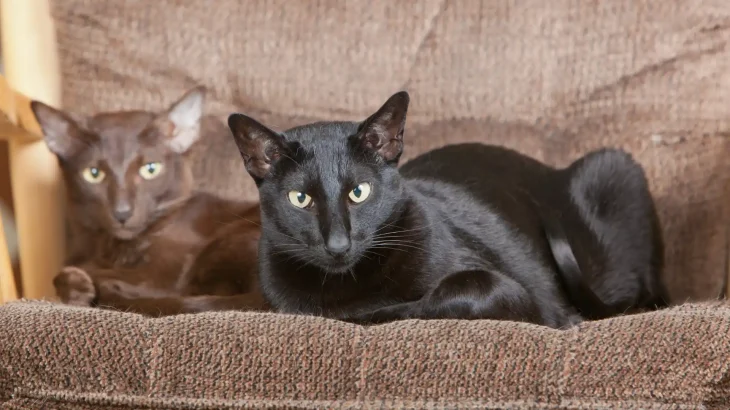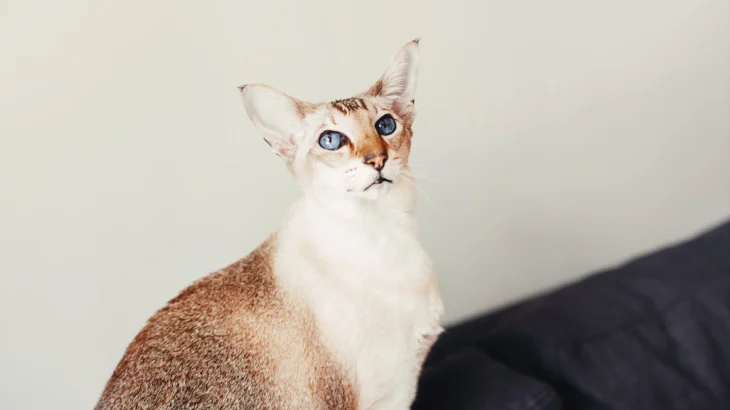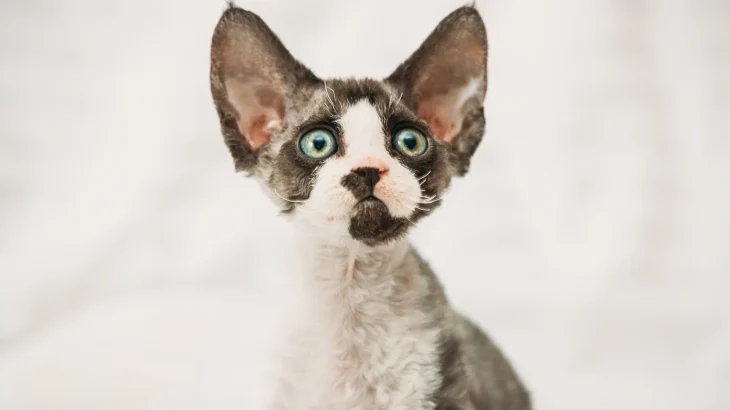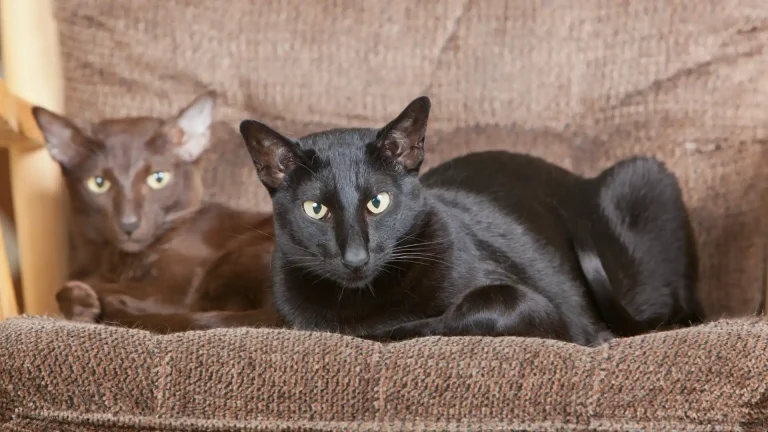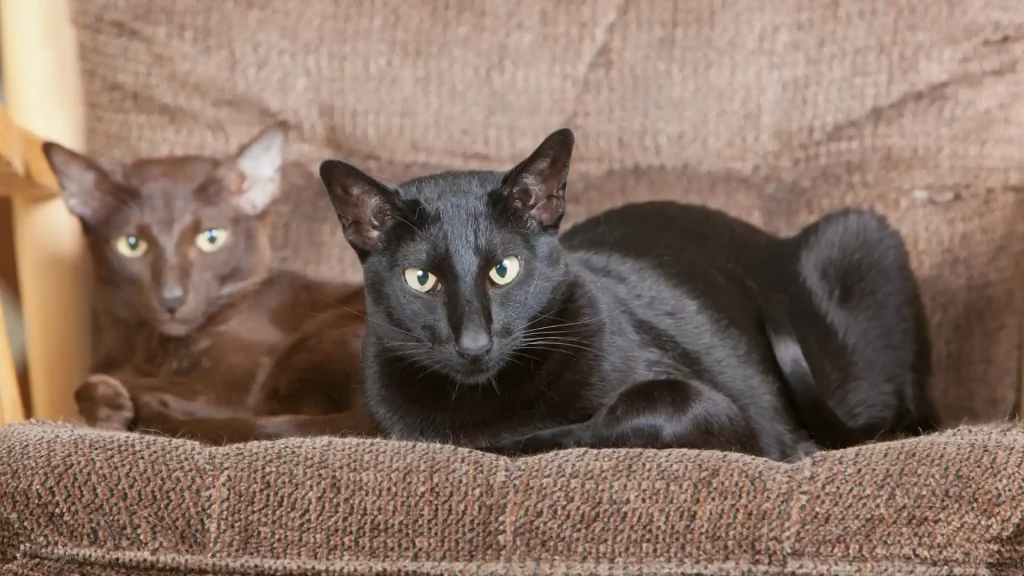Deciding whether to adopt or purchase an Asian Shorthair kitten means weighing the certainty of breed specifics against the chance to rescue a cat in need. Buying from a breeder usually offers clearer insight into the kitten's pedigree and health history, while adoption lets you provide a loving home to a cat that may lack documented background.
| Criteria | Buying from Breeder | Adopting from Shelter/Rescue |
|---|---|---|
| Cost | Higher price, reflecting purebred status and pedigree paperwork. | Lower fees, often with some medical care included. |
| Health History | Usually detailed health screenings and lineage info. | Health history may be unclear, but shelters provide vet checks. |
| Age Availability | Mostly young kittens for early bonding and socialization. | Range of ages, including adults, offering more options. |
| Temperament Insight | Breeders share temperament traits based on lineage and early observation. | Shelter staff provide behavior assessments; background may be limited. |
| Supporting Practices | Supports registered breeding but requires careful ethical breeder choice. | Supports animal welfare and reduces homeless pets. |
| Breed Purity & Pedigree | Guarantees recognized breed purity and documentation. | Breed often unknown or mixed; focus on individual personality. |

